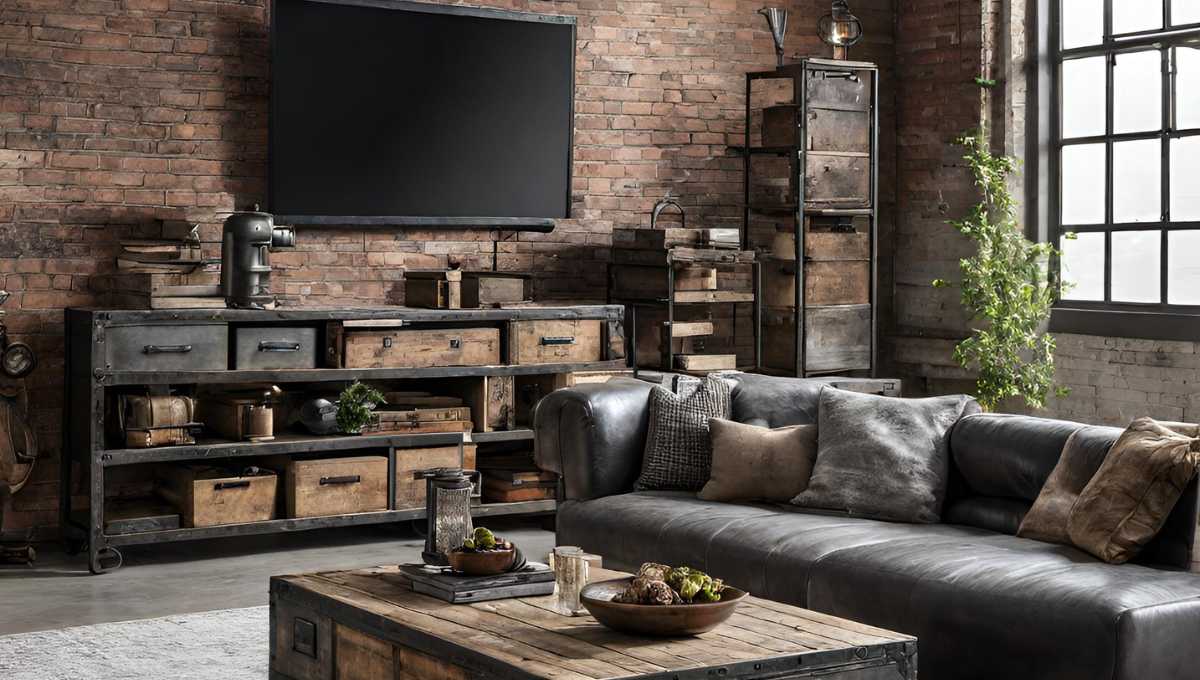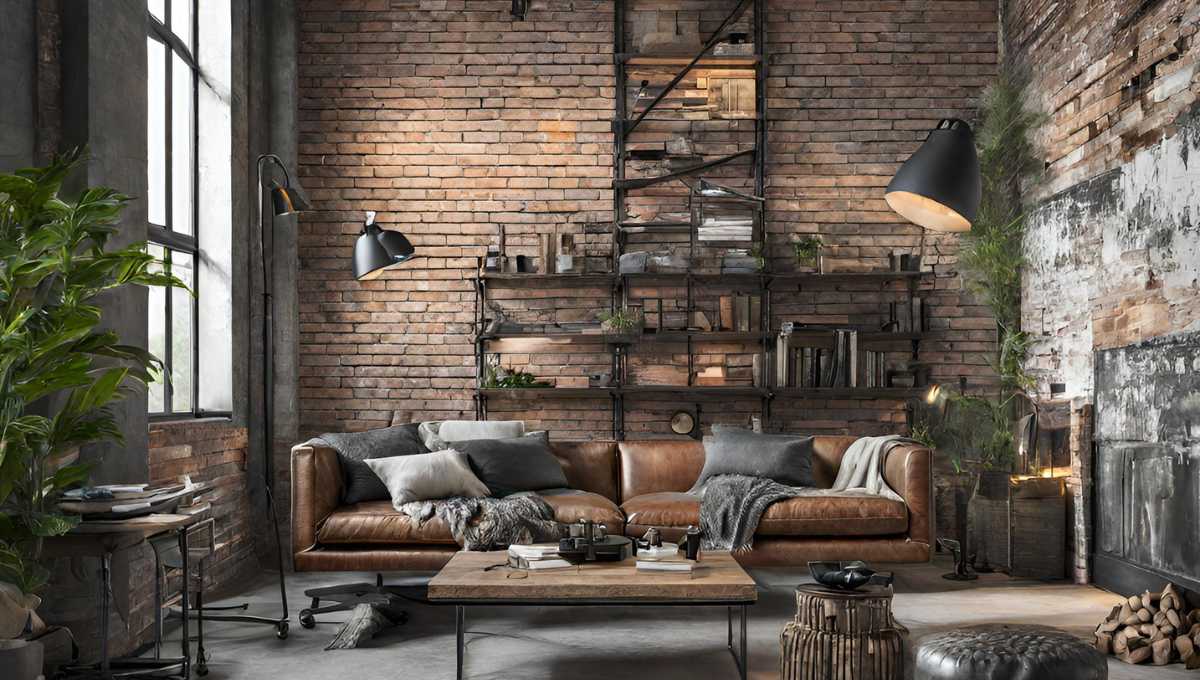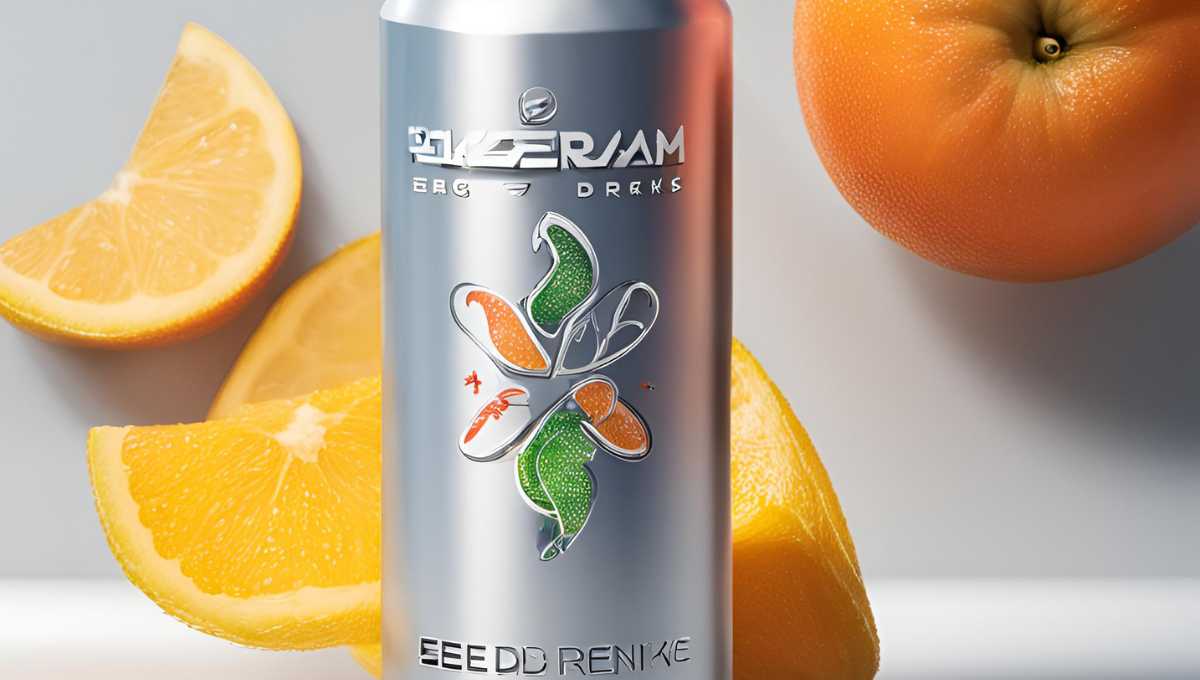
Introduction
Industrial decor, which I actually love. I don’t necessarily have an industrial-style home, but I do incorporate industrial-style decor into my kind of bohemian Scandinavian vibe. Let’s get into what industrial decor actually is.
The vibe for industrial decor is
So the vibe for industrial decor is definitely moody, has a has a very warm feeling, and is also very open and spacious. It usually has a very open floor plan because most of the industrial design elements and inspiration come from warehouses, lofts, and factories that have been transformed into living spaces where all of the rooms are just designated by furniture rather than walls.
In This Post
ToggleLet’s get into the materials and elements that make up industrial decor
There are lots of exposed elements in this room.
All of the workings of the house and how it’s built have been covered up with drywall and then painted, so it looks really polished. In industrial design, you see all of that—all of the workings of how the space is actually built: exposed beams, all of the pipes, and the air conditioning ducts. So, that actually becomes part of the decor, and it’s all open.
So, think open floor plans, open walls, and even open shelving
when in doubt, don’t cover it up; showcase it, make it pretty, and just expose it. Lots of metal and steel, so think black metal, lots of warm-toned woods, concrete flooring, concrete walls, concrete details, and also stainless steel—you could see it in countertops in kitchens.
Brick walls in industrial decor
Brick walls are also things that you can see in these types of homes because that’s true of the warehouse-factory vibe. And I even really like plaster walls in this type of design because it adds a little bit of texture. It looks similar to a concrete-type look, but it’s not polished; it’s a little more rough.
Faux beams
Fauxe beams could also be added to the ceilings in your living room, a dining room, or anywhere in your house. They’re also lighter and less expensive than true wooden beams.
For a concrete look
you could use vinyl flooring that’s stick-down that you could just peel up when you move out of a rental property. And even pipes—if you really like that pipe and ductwork look—you could totally put those in as non-functioning but for stylistic purposes. Also, another material that you’re going to see a lot of are leathers—really rich-toned leathers. You’ll see this a lot in the furniture that you’re going to bring into the space. Leather is definitely an option.
color palette

Now, for the color palette, at its base and foundation, you want a very neutral color palette. So, think black, white, and gray. And then, to eliminate the starkness of those colors together, you can vary the shade and also the texture of those colors. This is going to create a more calming environment, and then the colors are going to have a little more variety. And just because your foundation colors are very neutral, it doesn’t mean there is no color. You can bring in vibrant-colored art and even warm earthy tones in the fabrics that you’re going to incorporate into the space. I would just suggest keeping the foundation, or the majority of the room, in a very neutral mix of textures and shades.
Furniture

So, you’re going to see lots of raw wood, and you’re going to see lots of metal. So, think iron, steel, stainless steel, aluminum—any type of metal furniture, as well as metal light fixtures, metal shelving, and metal countertops. You’ll also see some distressed finishes on the wood. It’s not all going to be pristine wood. You might see some chipped paint, some rough edges, and some sanding. Leather furniture, like I mentioned earlier, is also going to be prevalent.
Concrete could be your best friend in an industrial-style home
And then, concrete. Concrete tables, concrete countertops, concrete floors, and concrete walls. Concrete could be your best friend in an industrial-style home. And then, one thing that I love about industrial furniture, especially if you’re not living in a space where you have a lot of square footage, is that the furniture tends to be smaller in scale, but it makes a big statement. So, you could have a really big room with a lot of small furniture pieces, and it just makes the room look bigger, and it doesn’t feel overwhelming. So, just because you have a small space doesn’t mean you can’t do the industrial look.
Let’s talk about some accent pieces and accessories
You’ll see lots of steel and wire accents, so think baskets, think shelving. In the kitchen, you’re going to see open shelving. You’re not going to see lots of upper cabinetry. You might even see your pots and pans hanging from the ceiling on hooks. Also, any exposed lightbulbs—that’s another very industrial element. You’ll see lots of caged lights. In the bathroom, you might see your plumbing fixtures exposed. And then, any gear, tools, or any of those types of items are going to be repurposed and made into decor pieces.
They are goin to use in industrial decor
Things like pulleys or old gears are going to become lamps, or they’re going to become furniture legs. So, I am really looking for unique items that have a lot of texture and patina to them. You’ll see a lot of greenery in an industrial space. It adds some softness to the hard lines of all of the metal and concrete, so definitely don’t forget to add some greenery.
FAQ
Industrial decor can be adapted to suit various spaces, from modern apartments to rustic cottages. It’s all about finding the right balance and incorporating elements that complement your existing style.
Yes, industrial decor blends well with many styles, including modern, vintage, and Scandinavian. Experiment with different combinations to create a look that’s uniquely yours.
Soften industrial spaces with textiles like rugs, throw pillows, and curtains. Warm lighting and strategically placed accessories can also enhance coziness.
Industrial decor often involves repurposing and salvaging materials, making it a cost-effective option for DIY enthusiasts. With some creativity and resourcefulness, you can achieve the industrial look without breaking the bank.
Yes, industrial decor often incorporates reclaimed and salvaged materials, reducing the need for new production and minimizing environmental impact.





